There's this moment that happens with every couch owner – you sit down one day and suddenly realize you're sinking way deeper than you used to. Your beloved sofa has betrayed you, and now you're wondering if it's time to drop thousands on a replacement. But what if I told you there's a much simpler solution that costs a fraction of buying new furniture?
I've been rescuing tired couches for nearly a decade now, and honestly, most "worn out" sofas aren't actually worn out at all. The frame is solid, the fabric looks fine, but the cushions have given up. It's kind of like having a car with a great engine but flat tires – you don't need a new car, you just need new tires.
High-density foam cushions are the secret weapon for bringing dead couches back to life. But here's the thing – not all foam is created equal, and if you get this wrong, you're just throwing money away. Let me show you exactly how to rescue your saggy sofa the right way.
Why Couches Sag: The Uncomfortable Truth About Cushion Failure
Before we dive into solutions, you need to understand what's actually happening inside those sad, deflated cushions. It's not magic, and it's definitely not random – cushion failure follows predictable patterns based on foam quality and usage.
The Compression Set Phenomenon
When you sit on foam repeatedly, the cellular structure gets compressed. Quality foam bounces back completely after each use. Cheap foam? It stays compressed, creating permanent impressions that get deeper over time.
According to the Polyurethane Foam Association, foam loses its resiliency through a process called "compression set" – essentially, the cells break down and lose their ability to spring back. Low-density foams (under 1.8 lbs/ft³) can show significant compression set within just 6-12 months of regular use.

I've dissected hundreds of failed couch cushions, and the pattern is always the same – the foam literally collapses on itself, creating those dreaded "sitting craters" that make your couch look like the surface of the moon.
UV Degradation and Environmental Breakdown
Even if you never sit on your couch (unlikely, I know), the foam inside is slowly degrading. Sunlight penetrating through fabric causes UV breakdown, temperature fluctuations cause expansion and contraction stress, and humidity affects the foam's chemical bonds.
Standard furniture foam starts showing degradation after about 5-7 years, even with minimal use. This is why your grandmother's couch from the 1980s feels like sitting on concrete – the foam has literally turned brittle and lost all its cushioning properties.
Important Note: If your couch cushions have a weird chemical smell or are crumbling when you touch them, that's advanced foam degradation. At this stage, the foam needs complete replacement, not just supplementation.
High-Density Foam: Your Couch's Best Friend
Okay, so standard foam fails predictably. What makes high-density foam different, and why is it the hero of saggy couch rescue missions?
Understanding Foam Density Numbers
Foam density is measured in pounds per cubic foot (lbs/ft³), and these numbers tell you everything about performance and longevity. Here's the breakdown:
- Low-density (under 1.8 lbs/ft³): Budget furniture foam, fails within 1-3 years
- Medium-density (1.8-2.5 lbs/ft³): Standard furniture foam, lasts 3-5 years
- High-density (2.5-3.5 lbs/ft³): Premium furniture foam, lasts 7-15 years
- Ultra-high-density (3.5+ lbs/ft³): Commercial grade, lasts 15+ years
The difference isn't subtle. High-density foam has more material packed into the same space, creating smaller, more numerous cells that distribute weight better and resist compression. Research from FIRA International shows that doubling foam density can quadruple the expected lifespan under normal use conditions.

The Support-to-Comfort Ratio
Here's where it gets interesting – density isn't the same as firmness. You can have soft high-density foam and firm low-density foam. What matters for couch rescue is finding the right balance between support (keeping you from bottoming out) and comfort (not feeling like you're sitting on a rock).
For most couch applications, I recommend high-density foam in the 2.8-3.2 lbs/ft³ range with a medium-firm feel. This provides excellent support while still feeling comfortable for extended sitting sessions.
Diagnosing Your Couch: Is Foam Replacement the Answer?
Not every saggy couch needs new foam. Sometimes the problem is structural, and adding foam just masks deeper issues. Let's figure out if foam replacement will actually solve your problem.
The Five-Minute Couch Assessment
Remove your cushions and examine the couch frame. Here's what you're looking for:
- Frame integrity: Push down on the bare frame – if it flexes significantly or creaks loudly, you have structural issues
- Webbing condition: Check the support webbing under cushions – sagging or broken webbing needs repair first
- Spring system: If you have springs, test each one – broken springs cause localized sagging that foam can't fix
- Cushion covers: Inspect the covers – if they're torn or stretched out, they won't hold new foam properly
- Foam condition: Press firmly on the existing foam – if it doesn't bounce back at all, it's definitely dead

If everything except the foam looks good, congratulations – you're a perfect candidate for a foam rescue mission. If you found structural problems, you'll need to address those first before investing in new foam.
Measuring for Success
Accurate measurements are critical. Here's what you need to measure for each cushion:
- Length (front to back)
- Width (side to side)
- Thickness (top to bottom when sitting)
- Any special shapes or curves
Pro tip: Measure the cushion cover opening, not the deflated foam. The cover dimensions tell you the maximum foam size that will fit properly.
Professional Insight: I always recommend going slightly thicker than the original foam (add 1-2 inches) to account for initial compression. A 5-inch cushion with 6-inch foam feels perfect after the first few weeks of break-in.
Custom vs Pre-Cut: Choosing Your Foam Source
You've got two main options for getting high-density foam into your couch: pre-cut standard sizes or custom-cut foam. Each approach has advantages and drawbacks.
The Pre-Cut Approach
Standard foam cushions come in common sizes (24"x24", 20"x20", etc.) and thicknesses. They're readily available, ship quickly, and cost less than custom options.
The downside? Unless your couch uses standard dimensions, you'll be trying to force square pegs into round holes. Close isn't good enough with foam – improper sizing creates wrinkles, uneven wear, and that lumpy look nobody wants.
Pre-cut foam works well for simple shapes and standard sizing, particularly for outdoor furniture like deep seat cushions that follow industry-standard dimensions.
The Custom Solution
Custom-cut foam solves the sizing problem completely. You provide exact dimensions, and the manufacturer cuts foam to fit your specific couch perfectly.

This approach costs more and takes longer, but the results are dramatically better. Custom couch cushions with properly sized high-density foam transform tired sofas into furniture that feels better than new.
For complex shapes or unusual dimensions, custom is really the only viable option. Trying to modify pre-cut foam yourself usually ends in frustration and wasted materials.
Installation Strategies: Getting That Professional Look
You've got your beautiful new high-density foam – now comes the moment of truth. Proper installation makes the difference between "wow, this looks amazing" and "um, why is it lumpy?"
The Cover Consideration
Here's something most people don't think about – your existing cushion covers have stretched and worn along with the old foam. New, fuller foam might not fit in the old covers without some adjustment.
If the covers are in good shape structurally, you can often work with them by stuffing carefully and zipping slowly. But if they're worn or you want that crisp, professional appearance, new custom cushion covers are worth considering.
The Stuffing Technique
Getting high-density foam into cushion covers requires technique. Here's my approach:
- Open the cover completely and lay it flat
- Place foam at an angle, starting with one corner
- Work the foam in gradually, compressing as needed
- Avoid forcing – if it's not going in smoothly, you may need to adjust sizing
- Once in, massage the cover to ensure even distribution
- Zip slowly, checking for bunching as you go

For really tight fits, I sometimes use a thin plastic bag over the foam to reduce friction during insertion. Once the foam is in place, remove the bag through the zipper opening.
Beyond the Couch: Other Furniture Rescue Applications
The high-density foam rescue technique isn't limited to couches. Once you understand the principles, you can revive all sorts of tired furniture.
Dining Chair Revival
Dining chairs with worn cushions are perfect candidates for foam replacement. The relatively small cushion size makes this an easy project, and the impact is immediate.
Most dining chairs use 1-2 inch foam, which is thin enough that you can DIY the replacement with basic tools. For chairs with unusual shapes or specific comfort requirements, indoor chair cushions with custom foam specifications deliver professional results.
Outdoor Furniture Transformation
Outdoor furniture faces even more aggressive wear from UV exposure, moisture, and temperature extremes. High-density outdoor-grade foam with proper waterproof covers can completely transform tired patio furniture.

The key difference is using foam specifically formulated for outdoor use – regular furniture foam breaks down rapidly when exposed to moisture and UV radiation.
Furniture Rescue Checklist:
- ✓ Inspect frame and structure thoroughly
- ✓ Measure cushions accurately (length, width, thickness)
- ✓ Choose appropriate foam density for usage level
- ✓ Consider whether covers need replacement
- ✓ Plan installation strategy before foam arrives
- ✓ Test one cushion before doing entire furniture piece
Cost Analysis: The Economics of Furniture Rescue
Let's talk money – because that's probably why you're considering foam replacement instead of buying new furniture in the first place.
Breaking Down the Numbers
A quality couch costs anywhere from $1,500 to $5,000+ these days. Even budget options rarely come in under $800. Now compare that to foam replacement:
- Standard three-seat couch foam replacement: $200-400 for high-density foam
- Custom foam with precise sizing: $350-600 depending on dimensions
- Professional installation (if needed): $100-200
- New covers (optional): $150-300
Even with all the extras, you're looking at $600-1,000 maximum – a fraction of new furniture costs. And here's the kicker – your rescued couch often ends up more comfortable than most new furniture because you're using premium-density foam that manufacturers rarely include in retail furniture.
The Environmental Angle
Beyond money, there's a significant environmental benefit to rescuing furniture instead of replacing it. According to the EPA, furniture and furnishings account for millions of tons of landfill waste annually.
By rescuing your couch with new foam, you're preventing a perfectly good frame and structure from ending up in a landfill. That's a win for your wallet and the planet.
Common Mistakes to Avoid: Learning from Others' Failures
I've seen just about every way foam replacement can go wrong. Learn from these common mistakes so you don't repeat them.
The "Close Enough" Measurement Trap
Foam doesn't compress uniformly, and "close enough" measurements result in cushions that look sloppy. Always measure precisely, and if anything, go slightly larger rather than smaller – you can compress foam into covers, but you can't stretch foam to fill them.
Choosing Firmness Over Density
Many people focus on how firm foam feels and ignore density ratings. This is backwards. Density determines longevity, while firmness is just about initial feel. A low-density firm foam will fail just as quickly as a low-density soft foam.
Always prioritize density first, then select the firmness level that matches your comfort preferences within that density range.
Ignoring Break-In Period
New high-density foam feels different initially – often firmer than expected. Quality foam needs 2-4 weeks of regular use to fully break in and reach its optimal comfort level. Don't panic if your first sitting feels too firm; give it time to conform to your usage patterns.
Pro Tip: Speed up the break-in process by sitting on each cushion area systematically for a few minutes daily during the first week. This helps the foam conform more evenly than random usage patterns.
Maintenance Tips: Keeping Your Rescued Couch Fresh
You've invested in quality high-density foam – now let's make sure it lasts as long as possible.
Rotation and Flipping
Even high-density foam benefits from regular rotation. Flip cushions front-to-back and rotate positions monthly to ensure even wear. This simple habit can extend foam life by 30-50%.
Cleaning Without Compromise
Never machine-wash foam, and be careful with liquid cleaners that might penetrate covers. Spot-clean covers regularly, and if deeper cleaning is needed, consider professional upholstery cleaning that won't saturate the foam.
Environmental Protection
Keep your rescued couch away from direct sunlight to minimize UV degradation of both foam and covers. Use window treatments or furniture placement to protect against afternoon sun exposure.
For outdoor bench cushions or patio furniture, bring cushions inside during extended periods of non-use or invest in quality covers that protect against moisture and UV exposure.
When DIY Isn't Enough: Professional Options
Sometimes the scope of a couch rescue exceeds DIY capabilities. Here's when to consider professional help.
Complex Construction
Couches with attached cushions, unusual mechanisms, or complex shapes may require professional furniture restoration services. These specialists have tools and expertise for disassembly and reconstruction that aren't practical for homeowners.
Structural Repairs
If your couch assessment revealed frame damage, broken springs, or compromised webbing, professional furniture repair is usually more cost-effective than attempting DIY fixes. These structural elements need proper repair before foam replacement makes sense.
Custom Fabrication
For heirloom furniture or pieces with unique shapes, professional upholsterers can create custom foam assemblies with multiple density zones, specialty contours, and integrated support systems that go beyond simple foam replacement.
Long-Term Performance: What to Expect
You've completed your couch rescue mission – now what? Here's what to expect from your high-density foam investment over time.
Year One: The Honeymoon Phase
During the first year, your rescued couch will feel consistently great. The foam will break in gradually, becoming more comfortable while maintaining excellent support. This is when you'll really appreciate the quality difference of high-density foam.
Years 2-5: Peak Performance
Properly broken-in high-density foam hits its sweet spot during years 2-5. The foam has conformed to your usage patterns while maintaining structural integrity. Regular rotation keeps wear even and prevents premature compression.
Years 5-10: Graceful Aging
Quality high-density foam ages gracefully. You'll notice very gradual softening, but not the catastrophic sagging that characterizes cheap foam. With proper maintenance, your couch should remain comfortable through year ten and beyond.
"I rescued my grandmother's couch with high-density foam five years ago. It was built in 1995 and the original foam was completely shot. Today, with the new foam, it's the most comfortable seat in my house and shows no signs of wear. Best $350 I ever spent." - Rachel T., Portland
Alternative Materials: Beyond Standard Foam
While high-density polyurethane foam is the standard for couch rescue, alternative materials are worth considering for specific situations.
Memory Foam Applications
Memory foam offers unique comfort characteristics but isn't ideal for all couch applications. It works well for back cushions where conforming support is desired, but can feel too soft for seat cushions where you need more responsive support.

Consider hybrid approaches with high-density foam cores and memory foam top layers for the best of both worlds.
Latex Foam Considerations
Natural latex foam offers excellent durability and support with a more responsive feel than polyurethane. It's pricier but lasts even longer than high-density polyurethane and has natural antimicrobial properties.
The downside is weight – latex foam is significantly heavier, which can make cushion handling and cover changes more difficult.
Your Couch Rescue Journey Starts Now
Saggy couches don't have to mean expensive furniture shopping trips. With the right high-density foam and a bit of knowledge, you can rescue tired furniture and create seating that's more comfortable than most new options on the market.
At Rulaer, we've helped thousands of customers rescue their favorite furniture with custom foam solutions that deliver professional results. Whether you're tackling a single cushion or completely renovating your entire living room, we provide the quality materials and expert guidance you need for success.
From precision-cut foam for unusual shapes to complete cushion assemblies with covers, we understand that every furniture rescue project is unique. Our experience with custom applications means we can help you navigate the decisions and avoid the common pitfalls that lead to disappointing results.
Ready to rescue your saggy couch and reclaim your comfortable seating? Explore our custom cushion options and discover how quality foam can transform your furniture from worn-out to wonderful. Your perfect couch is closer than you think – it might just need the right foam to bring it back to life.

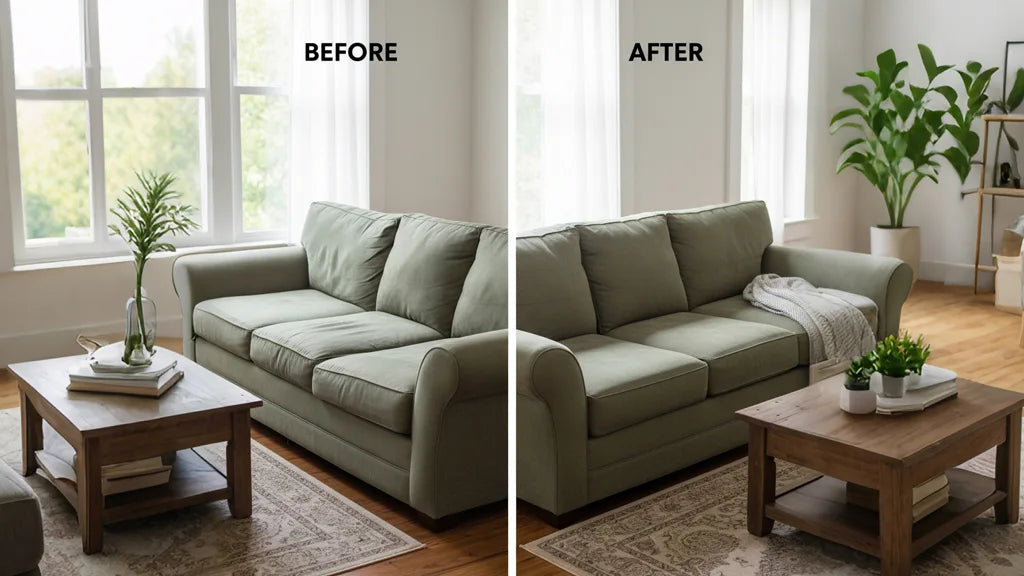

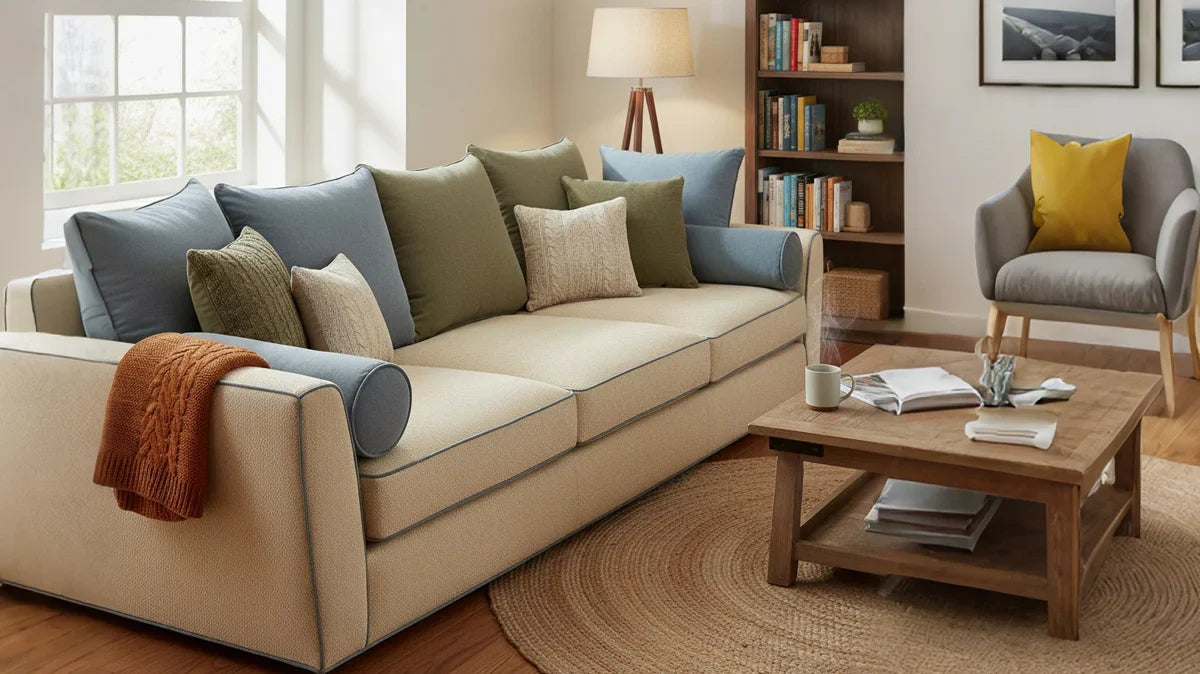
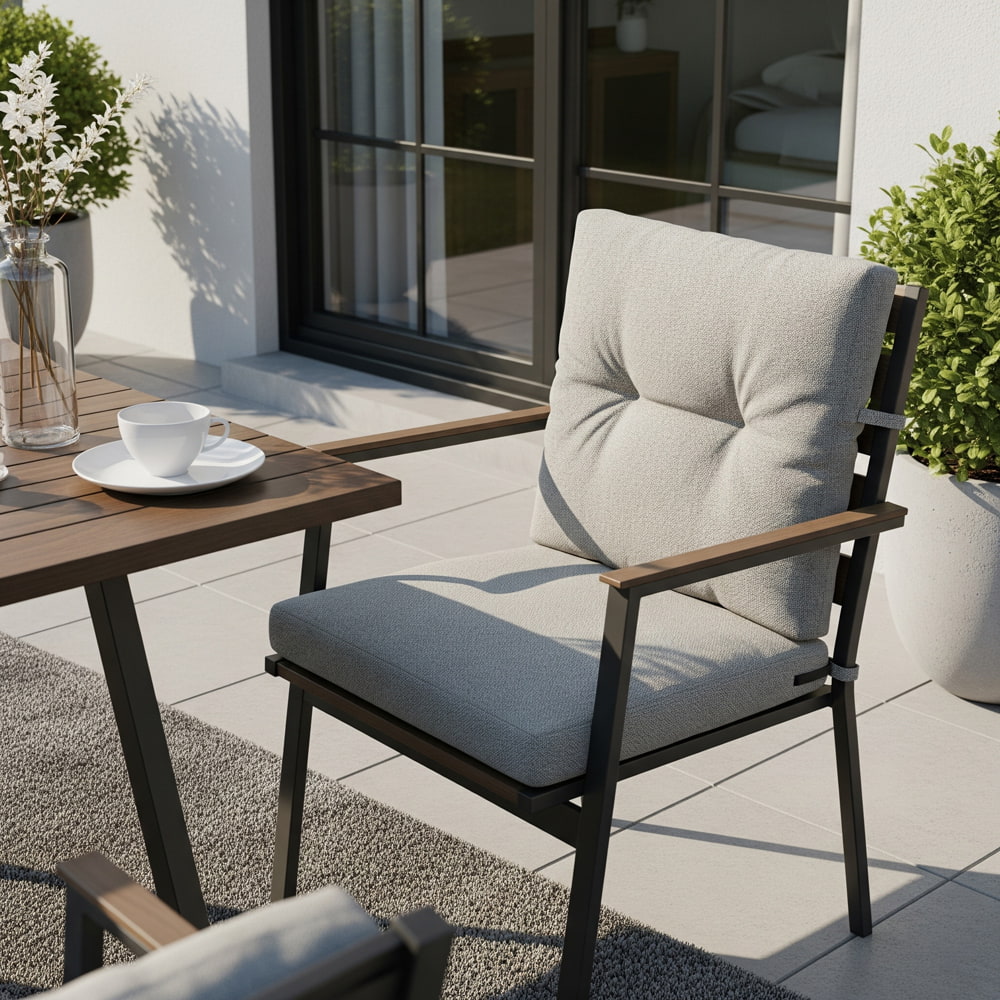
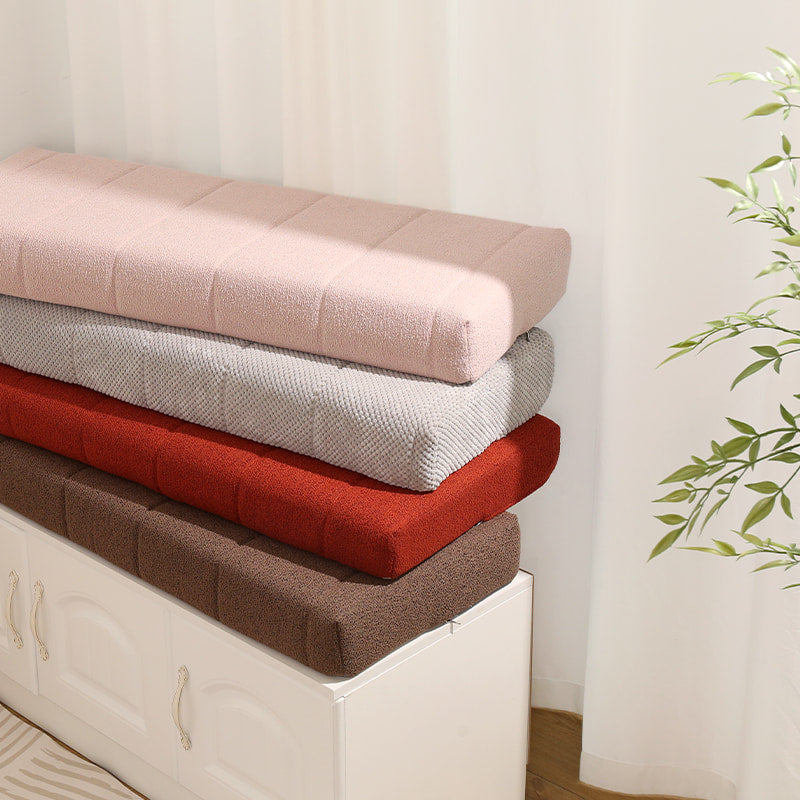


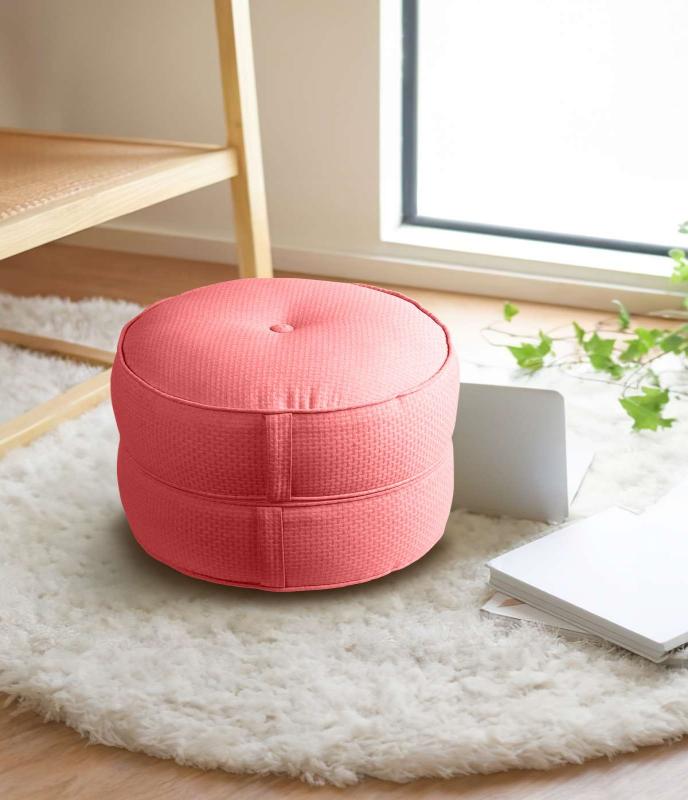
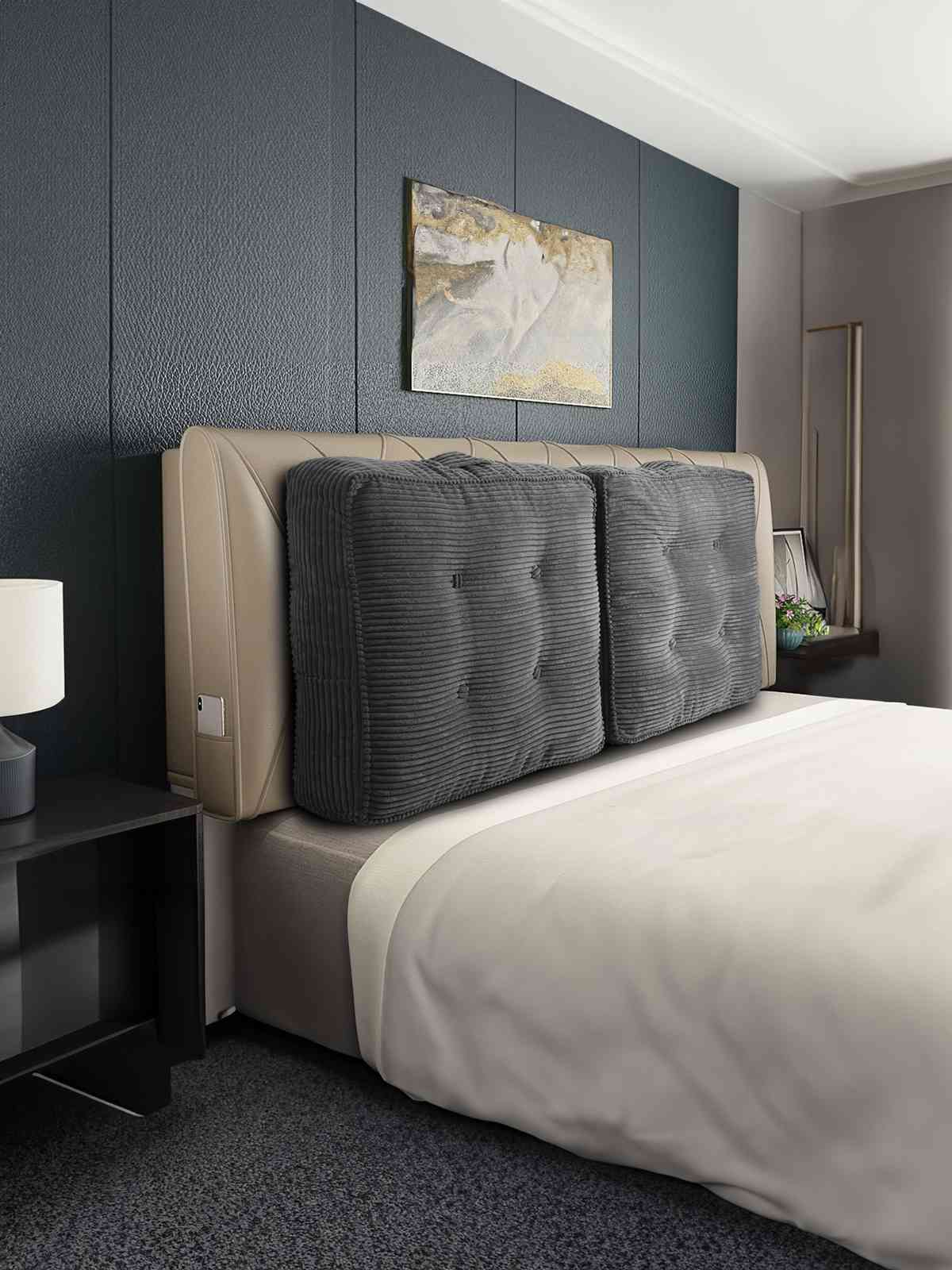
Leave a comment
All comments are moderated before being published.
This site is protected by hCaptcha and the hCaptcha Privacy Policy and Terms of Service apply.